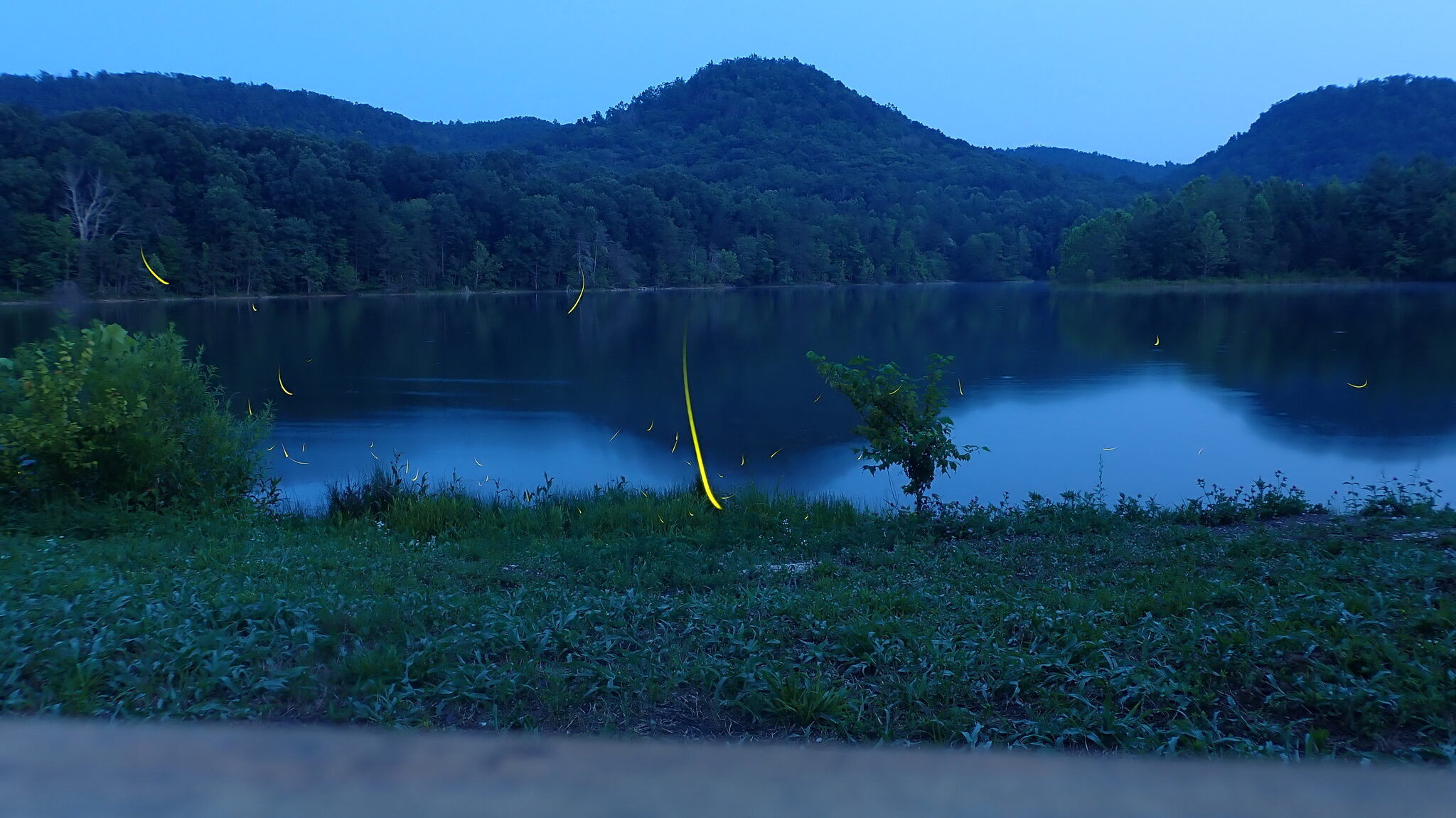Photography is a useful tool for documenting and identifying fireflies. It is not without its challenges, though! Small, active subjects and dark conditions can make it tricky to capture the key details that allow for successful identification of firefly species.
The types of images that you make will depend on the type of fireflies you are observing and the whether the regulations at your site allow for catching and handling fireflies.
What Makes a Good Firefly Image for ID Purposes
- Close-up
- In focus
- Shows key body parts
Tips for Taking Different Types of Firefly Images
Close-Up Photos
- Get as close as your camera will focus!
- Use your camera’s macro setting, if it has one (usually an image of a flower).
- While round jars or containers are convenient for temporarily holding fireflies for photography, they make it hard to focus and can distort the image. Use a transparent, scratch-free petri dish or plastic sandwich bag for clearer images.
- Try to capture the following parts:
- pronotum (head shield)
- scutellum
- elytra (wing covers)
- the underside
- the eyes, mouthparts, and antennae
- Focus on dorsal (back) and ventral (underside) angles.
- If your camera is focusing on something in the background rather than the firefly, place a clipboard, piece of paper, or your hand close behind the insect to redirect your camera’s focus.
- Use a piece of graph paper or ruler as a background to show the firefly’s size.
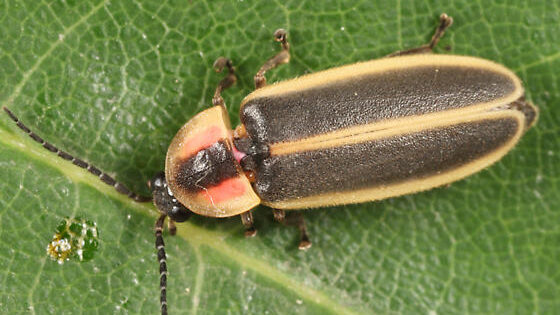
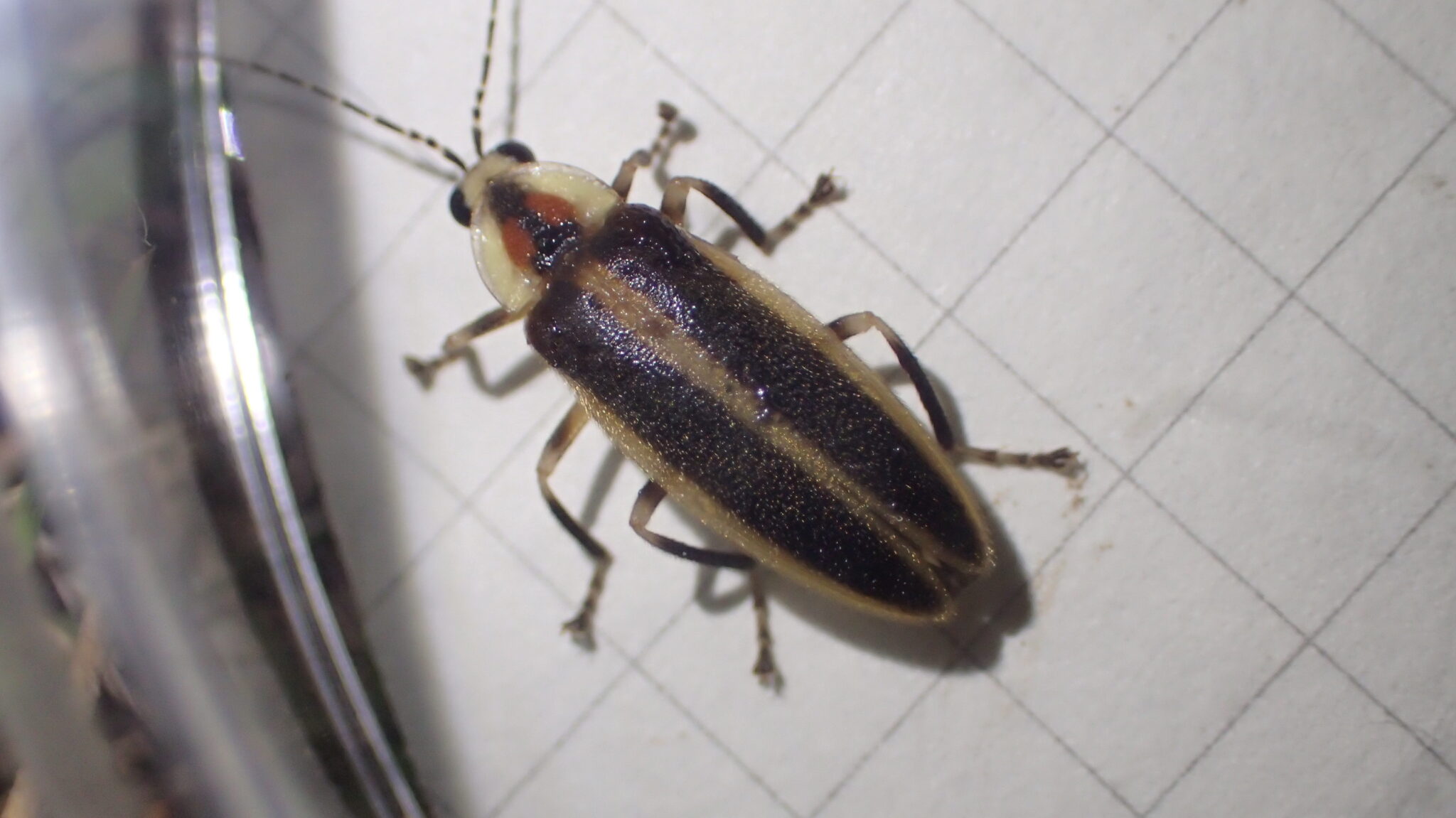
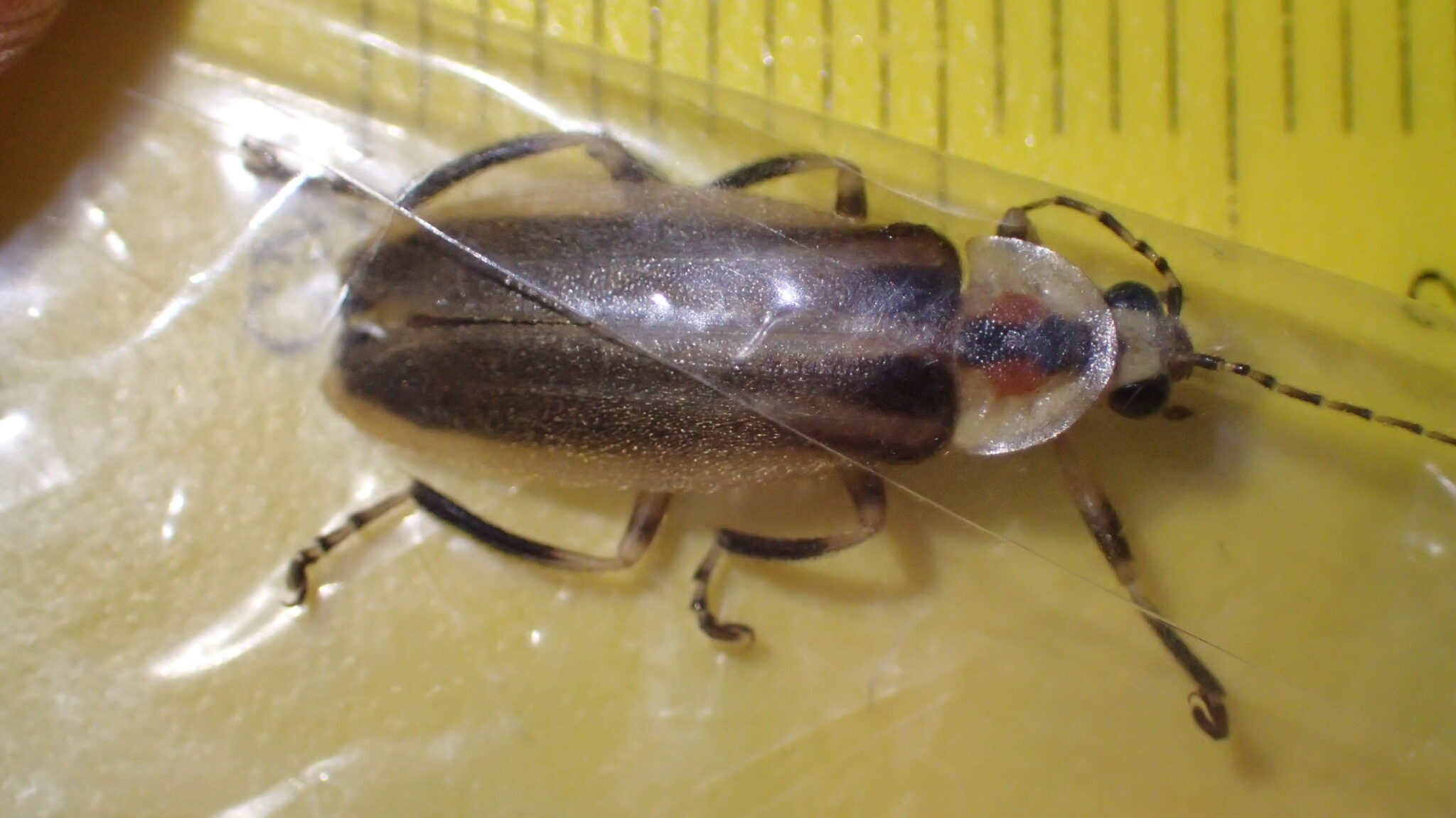
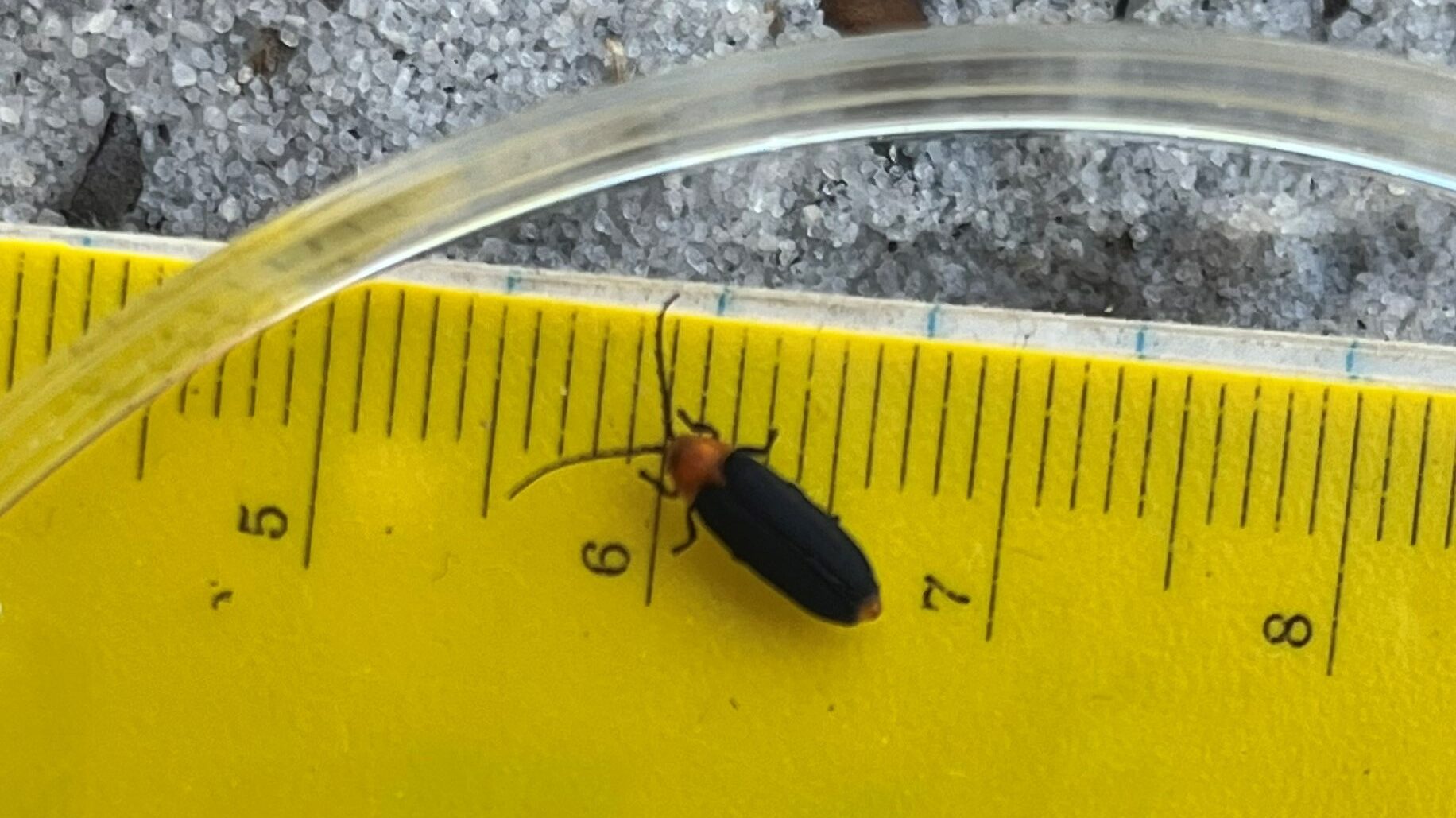
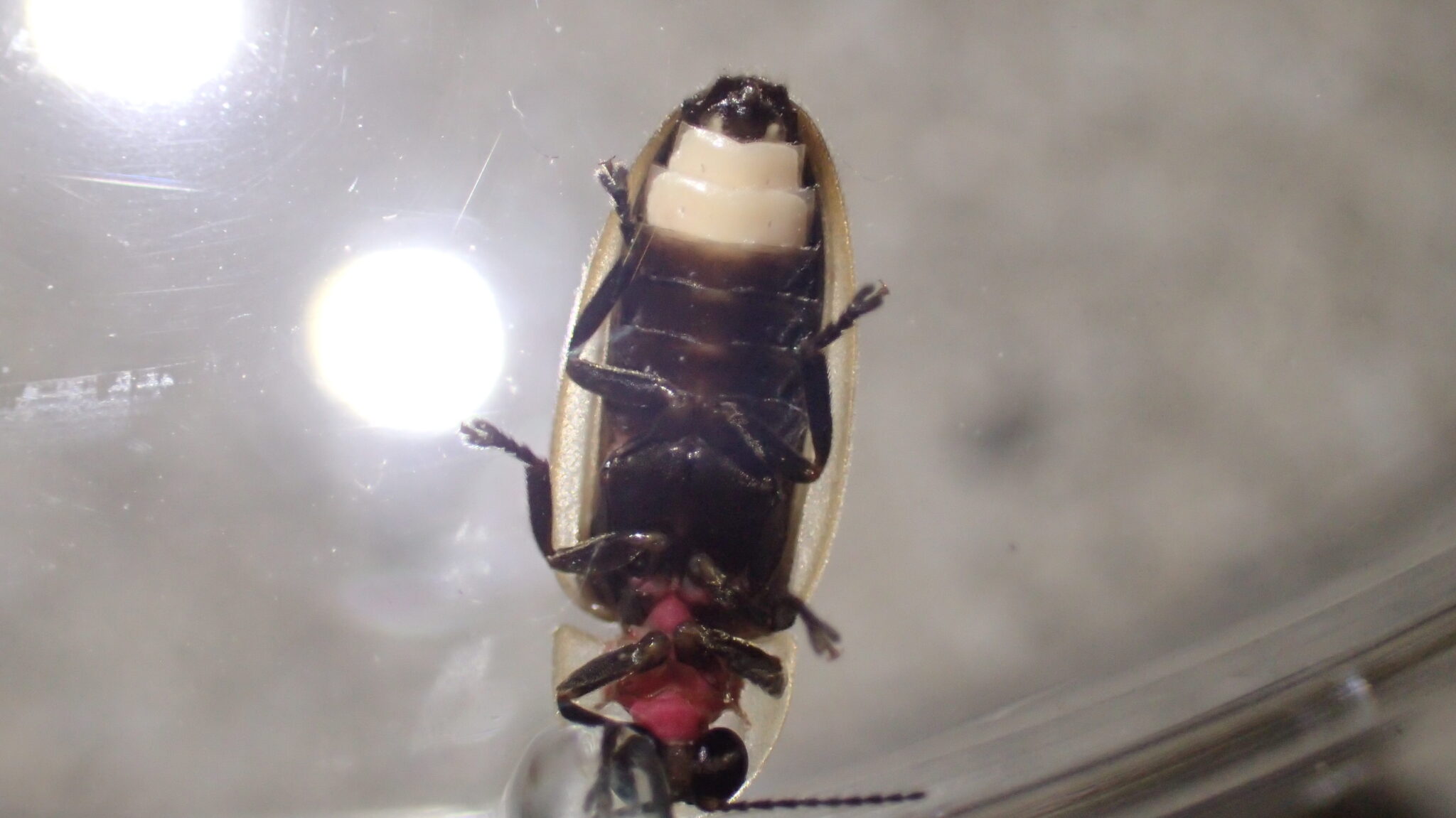
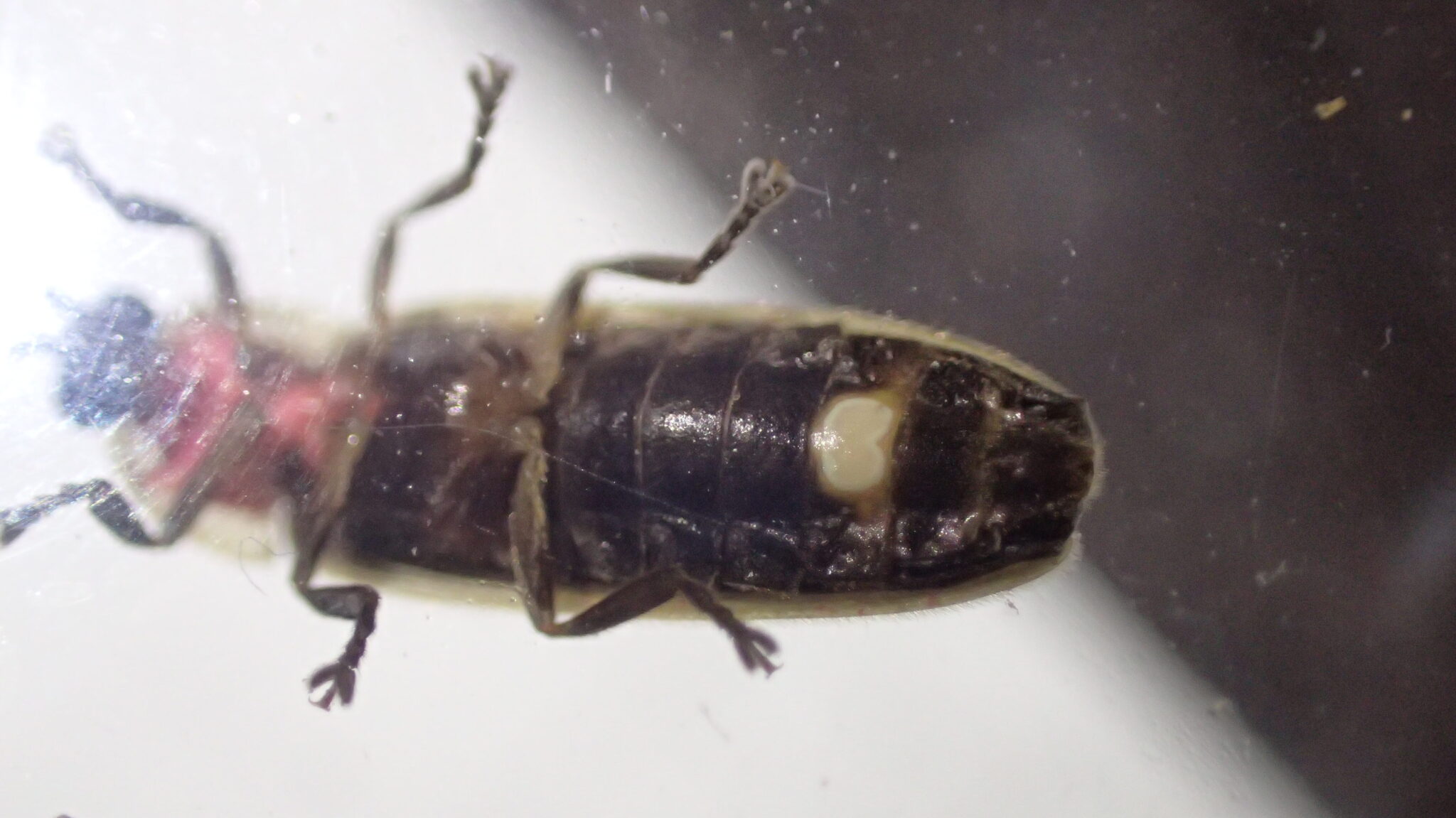
Long-Exposure Photos
As well as creating beautiful images, long-exposure photography can document aspects of firefly flash pattern behavior–such as color, number of flashes, height of flight and shape of flash–that will narrow down the list of species that your firefly might be, if not provide a species-level ID.
If you create long-exposure photos, it is important to record information on the length of the exposure (seconds), the lens aperture, and the sensitivity of the sensor.
Similarly, if you decide that a composite image will be helpful for species identification, be sure to include details about how many images are combined, the exposure times of the component images, and what sort of manipulation occurred.
This post provides in-depth tips for taking long exposures and composite images of fireflies: https://www.naturettl.com/how-to-photograph-fireflies.
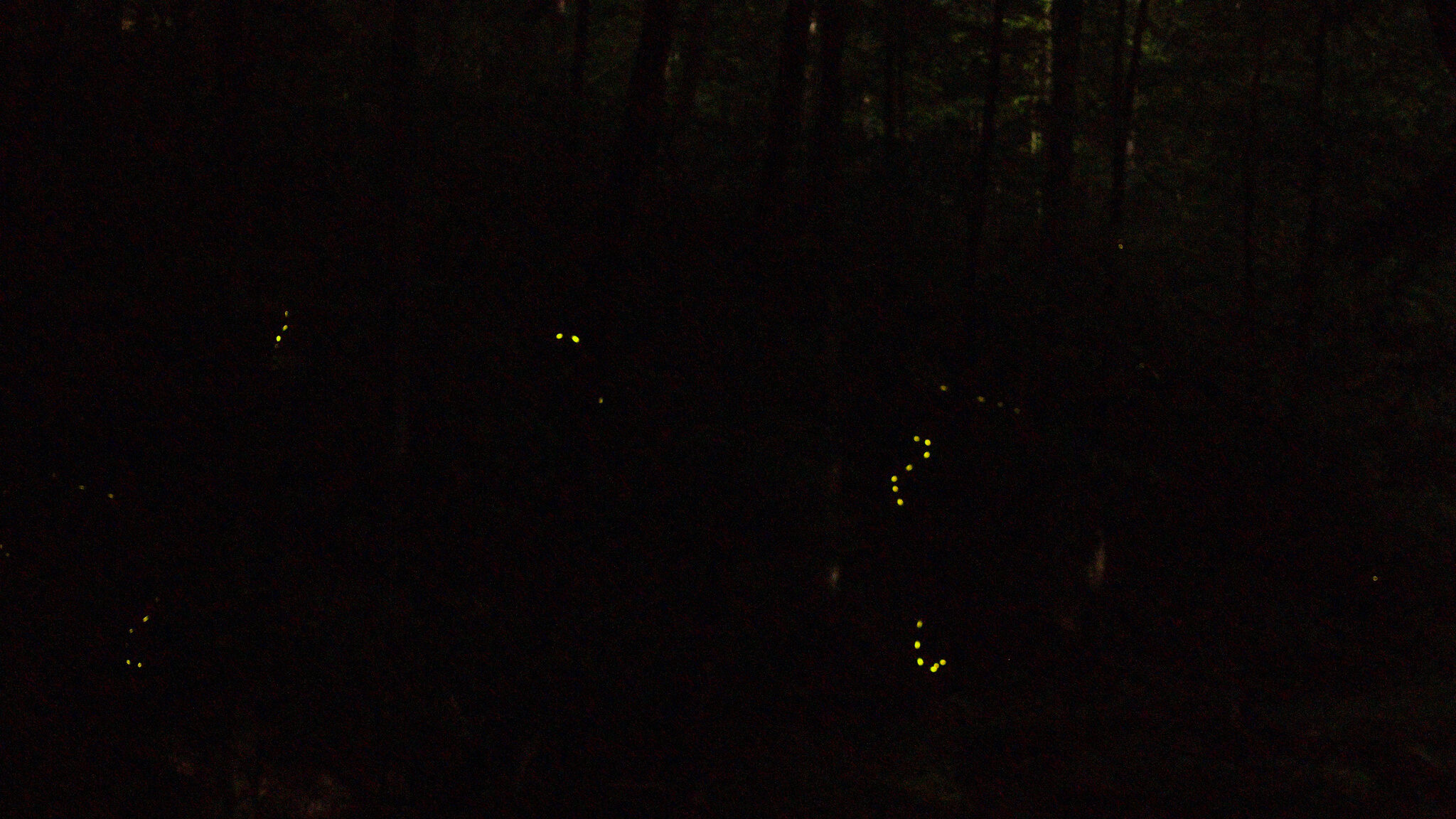
Habitat Photos
Day-time images of habitats where fireflies are found can provide helpful clues to species ID, as well as useful information for our general knowledge about the species. Photos that capture terrain, vegetation structure, and vegetation species are especially helpful.

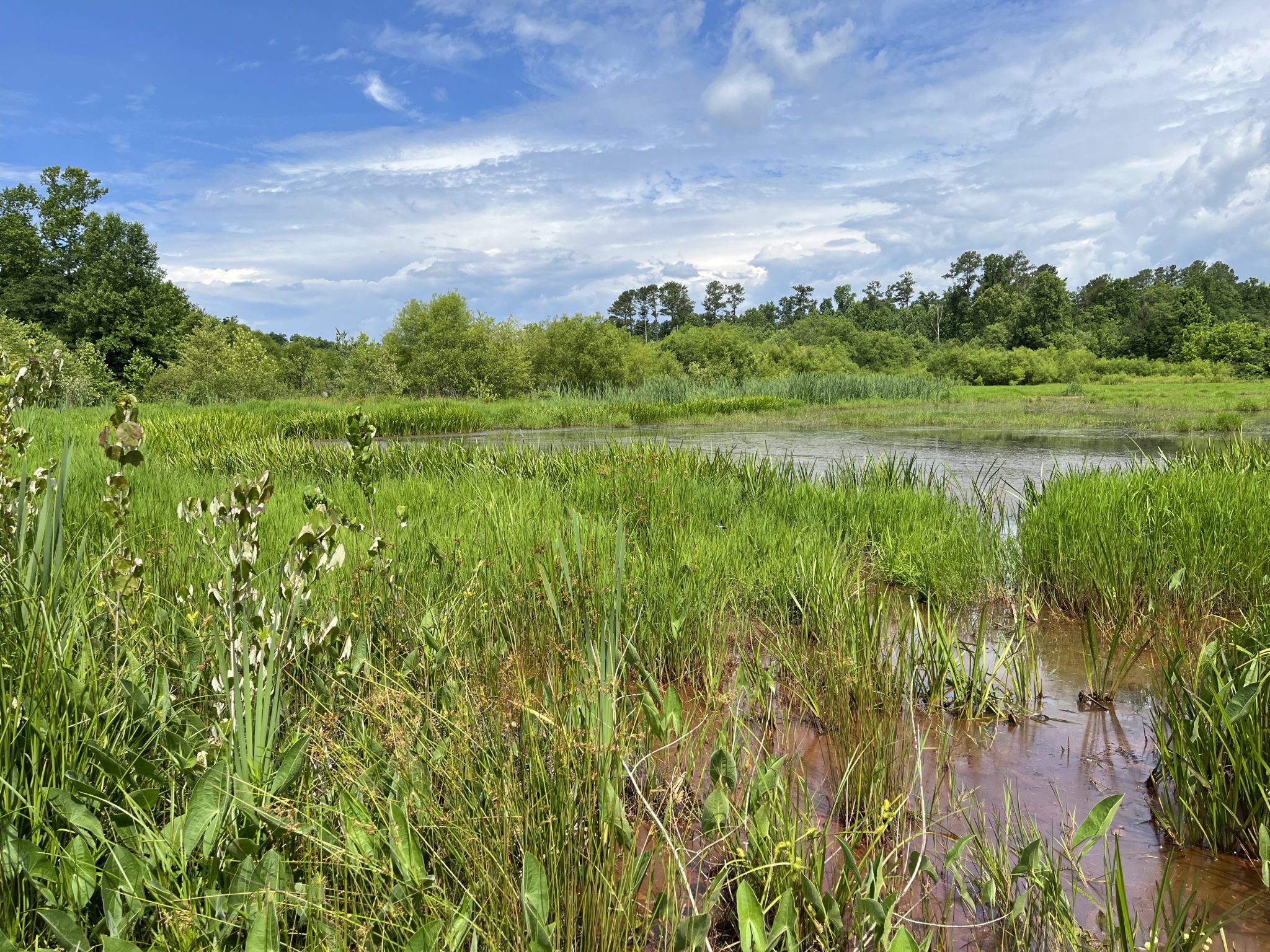
Video
Videos allow for more detailed time measurements of firefly flash patterns (duration of flashes; spacing of flashes; period of flash pattern), as well as capturing the general appearance of the flash pattern. Even smartphone videos may allow you to record flash pattern details that would be impossible to document with just a voice recorder or stopwatch. Stabilize your camera or smartphone with a tripod or against an object like a tree trunk or boardwalk railing.

